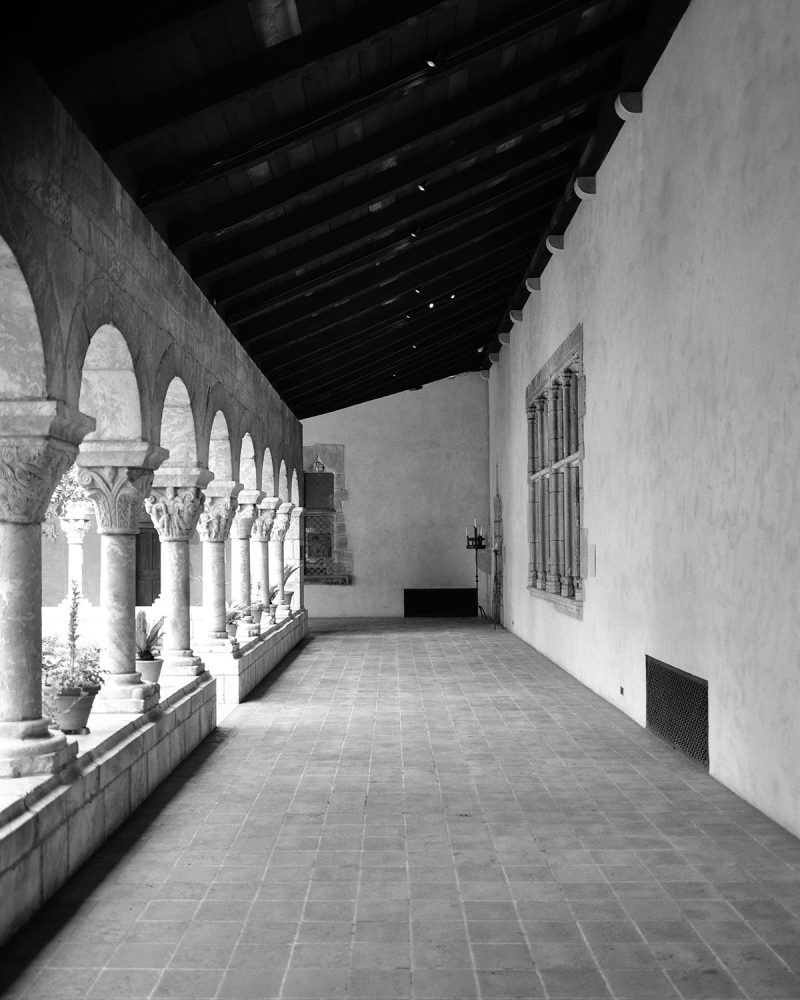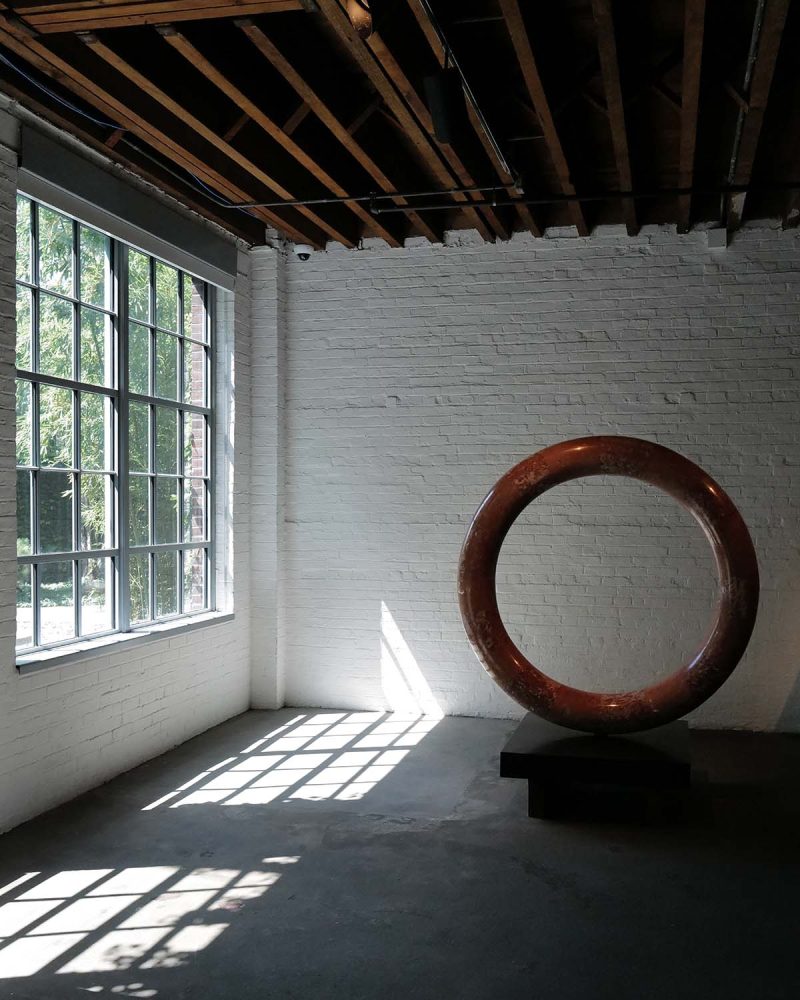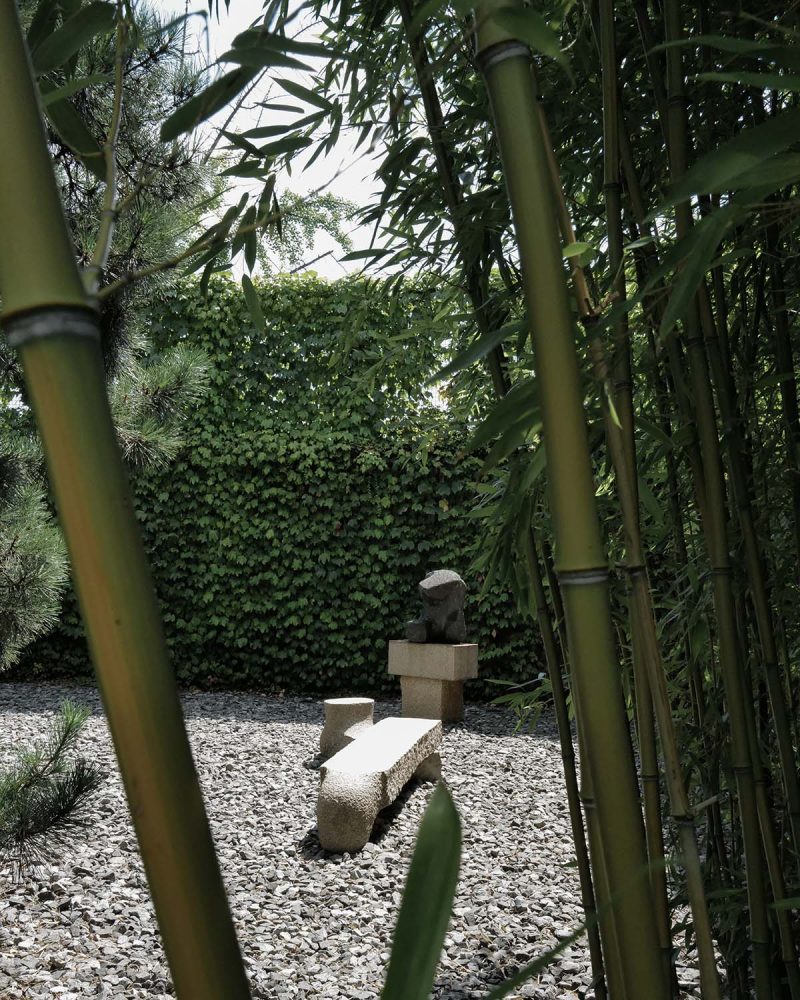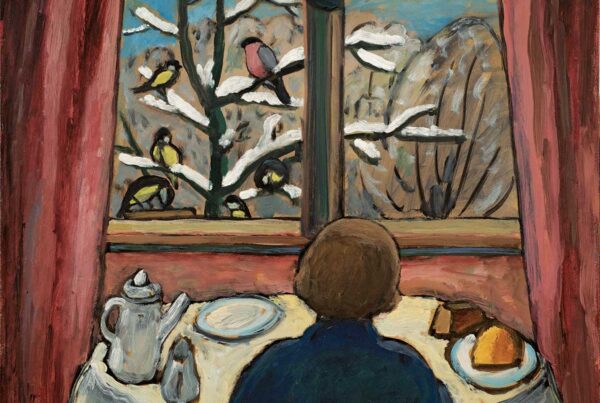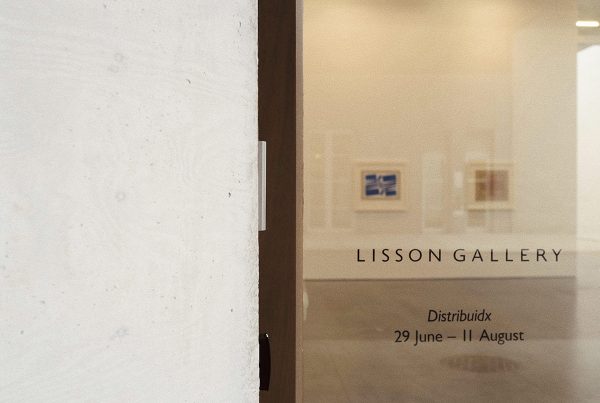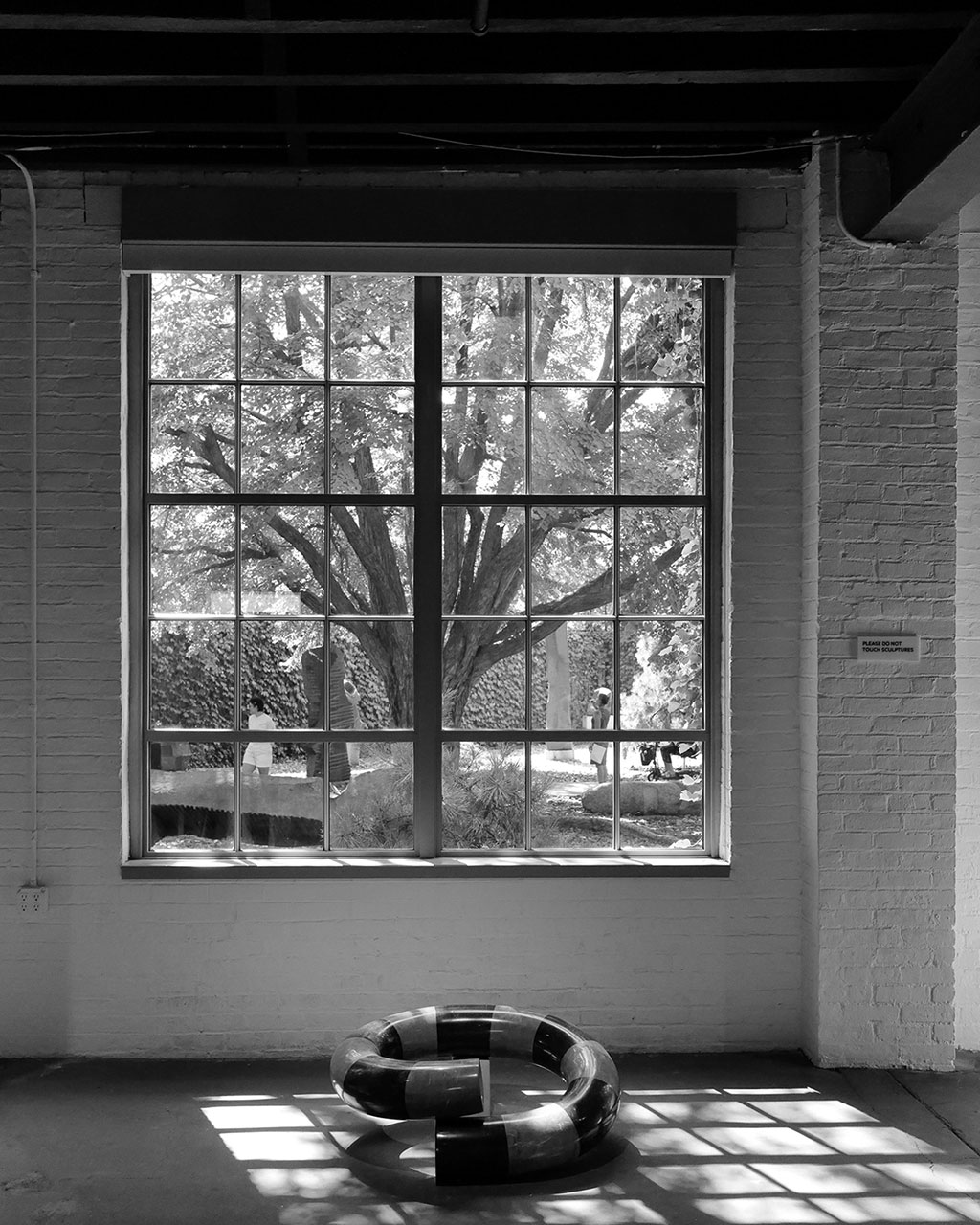
Where to Pause in New York City
Words MILES REDFER
Photos JASPER LENNOX
Quiet places for a walk, a break, or stillness.
This is a members-only story.
Access all stories, objects, and guides with a membership.
Log InBecome a Member
Left (or Top): A walled garden at The Met Cloisters — structured, still, and alive with scent. Right (or Bottom): The stone colonnade of a medieval cloister — a corridor of shade, rhythm, and pause.
Left (or Top): Isamu Noguchi, Downward Pulling #2, c. 1972. Afternoon light across concrete and silence — a sculptural presence held in balance. Right (or Bottom): Isamu Noguchi, Bench, 1968. Tucked within the museum’s garden, a place to sit — or pause — in the company of stone and green.
Words MILES REDFER
Photos JASPER LENNOX

